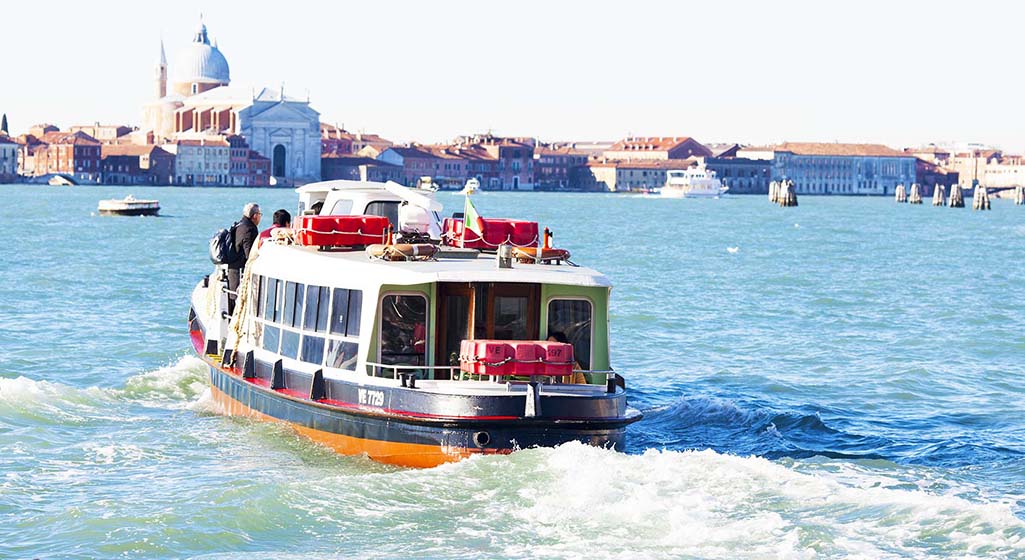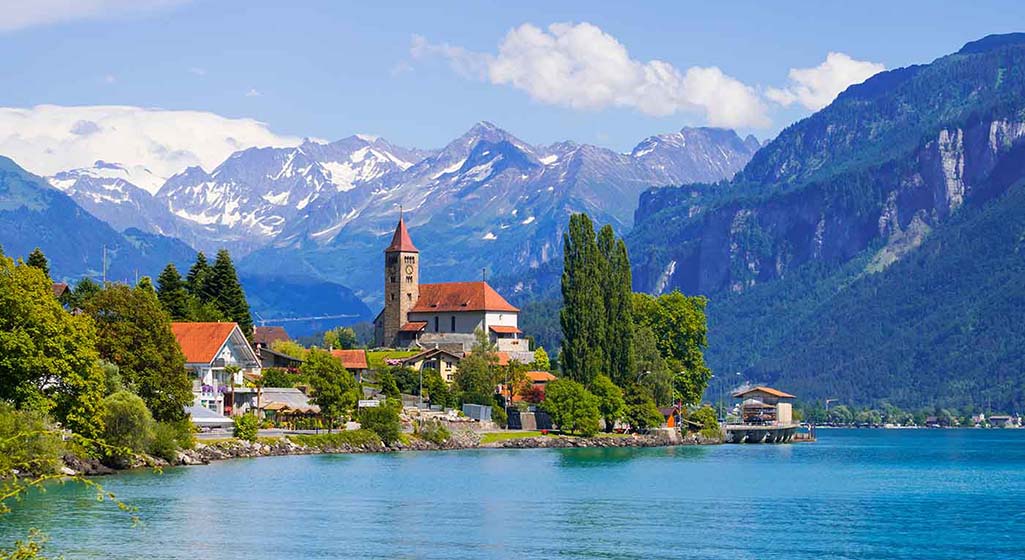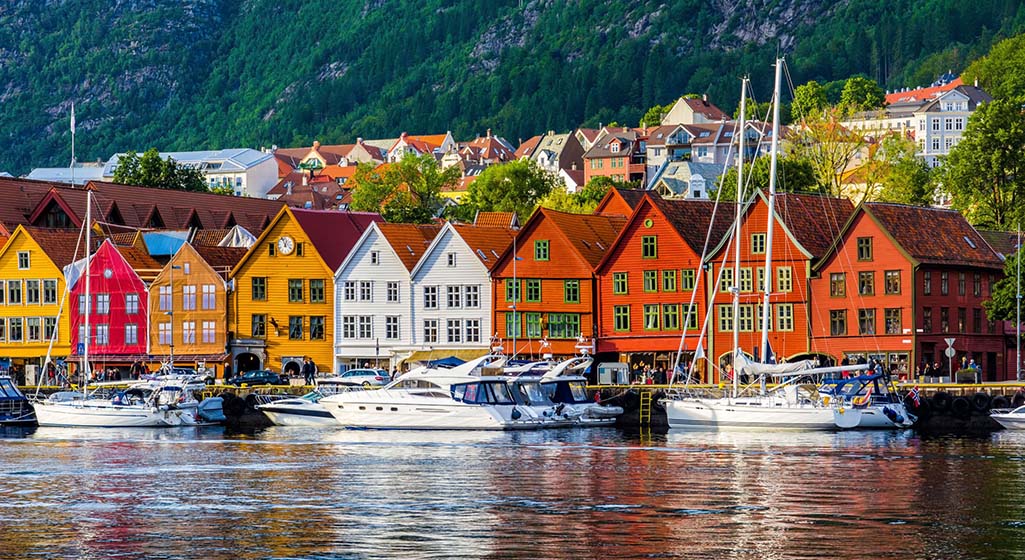Venice, the floating city, attracts thousands of tourists every year with its winding canals, grand architecture, and rich history. This romantic city in Italy captivates visitors with its charm, yet navigating Venice’s unique transportation system can be a challenge. Unlike cities with conventional car traffic, Venice primarily relies on water buses (Vaporetto) as its main public transport. For first-time visitors, understanding how to use the Vaporetto can feel daunting, but once you grasp the essentials, you’ll find it easy to travel around and fully enjoy your trip.
1. Overview of Venice’s Water Transportation
Venice’s public transportation system is unique in that it heavily relies on water buses (Vaporetto) and private water taxis (Water Taxi) due to the city’s distinct geographical layout. The Vaporetto system, managed by the ACTV company, covers the city’s main canals and also extends to various surrounding islands. As the most widely used public transport in Venice, the Vaporetto is not only an affordable option for locals and tourists alike, but it also provides an unforgettable way to explore the city, as it offers passengers stunning views of Venice’s iconic canals, charming buildings, and historical landmarks.
1.1 The Origin and Development of Vaporetto
The Vaporetto was introduced in the late 19th century, primarily to address the transportation demands of Venice’s increasing population. With narrow streets and limited space for road traffic, water transportation became the most viable option. Initially, it was a relatively small operation, but as the city expanded and tourism grew, the Vaporetto system scaled up to meet the needs of both locals and the increasing number of visitors. Today, the Vaporetto serves as a vital component of Venetian life, transporting both residents and tourists while preserving the city’s unique waterway heritage.
1.2 Major Vaporetto Routes
The Vaporetto system in Venice consists of several routes covering key canals and connecting the city to surrounding islands such as Murano and Burano. These routes are extensive and cater to the travel needs of tourists visiting major attractions, hotels, and restaurants. Some of the main routes include:
- Line 1 (Linea 1): This is Venice’s most iconic Vaporetto route, connecting important landmarks from Piazza San Marco to the Rialto Bridge. Stops along this route include San Marco, Rialto, and San Bartolomeo Church. Taking Line 1 is an excellent way to see Venice’s most famous sights.
- Line 2 (Linea 2): Connecting central Venice to the islands of Murano, Burano, and others, this route offers tourists an easy way to explore the Venetian islands. It also passes through Piazza San Marco, providing a panoramic view of the city.
- Line 3 (Linea 3): This route primarily connects central Venice to Lido Island, making it the go-to choice for visitors heading to the famous beach resort.
- Water Taxis (Water Taxi): Though not part of the public transportation system, water taxis offer a more private and convenient alternative. They are ideal for families, couples, or those needing a direct route to their destination.
2. How to Ride the Vaporetto
2.1 Ticket Purchasing and Validity
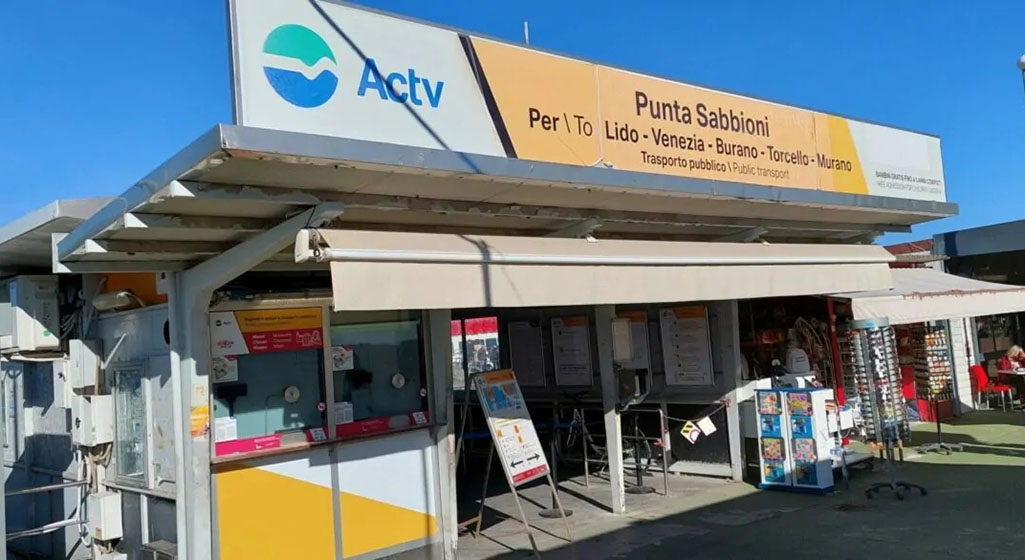
In Venice, purchasing Vaporetto tickets is both convenient and easy. You can buy tickets at any Vaporetto station from ticket vending machines, at ACTV ticket counters, or through the official ACTV mobile app, which is particularly handy for those who prefer digital solutions. There are several ticket options designed to suit various types of travelers.
- Single Tickets: Ideal for those taking a single trip, this option costs around €7.50 and is valid for 75 minutes. During this period, you can transfer between different Vaporetto lines, making it an economical choice for quick trips.
- One-Day Ticket (Biglietto Giornaliero): This ticket is perfect for tourists who plan to explore Venice in a single day. Priced at €20, it allows unlimited rides on all Vaporetto lines for a full day, giving you the flexibility to hop on and off as you explore the city’s main attractions.
- Multi-Day Tickets (Biglietto 48/72 ore): For visitors staying longer, the 48-hour ticket is priced at €30, and the 72-hour ticket costs €40. These tickets offer great value for tourists who plan on exploring more of the city and its islands.
- Weekly Ticket (Settimana): If you’re staying for more than three days, the weekly ticket offers the most economical option. At €60, this ticket allows unlimited travel on all Vaporetto lines for a full week. This is particularly beneficial for those who plan to make multiple trips throughout the week.
It’s also important to remember that your Vaporetto ticket remains valid for the duration specified on your ticket, allowing for multiple trips within the specified time window. This means you won’t need to buy a new ticket for each journey, saving both time and money.
2.2 Vaporetto Timetable and Frequency
The Vaporetto timetable varies depending on the time of year and the specific routes. During the peak tourist seasons (spring and summer), the Vaporetto service operates longer hours, and boats depart more frequently, ensuring tourists can travel around with minimal wait times. However, in the off-season, especially during the colder months, the operating hours may be shortened, and some routes might have fewer departures, particularly to the more remote islands. On average, you can expect a boat interval of about 10 to 20 minutes, with the busiest routes, such as Line 1 and Line 2, operating at higher frequencies. Keep in mind that during special events or festivals, the frequency might be adjusted to accommodate increased demand, so it’s always a good idea to check the timetable before heading out.
2.3 Boarding and Alighting Tips
- Queueing: Due to the popularity of the Vaporetto, especially during the peak tourist seasons, it is not uncommon to find long queues at the stations. To avoid any stress, make sure to arrive early to secure your spot in line. Since the Vaporetto’s stops are brief, it’s important to be ready to board as soon as the boat arrives. Don’t hesitate; be quick and efficient in boarding to ensure everyone gets on smoothly.
- Notify the Crew When Getting Off: When you’re nearing your stop, it’s polite and helpful to signal the crew or fellow passengers that you plan to disembark. This ensures that the crew is prepared to assist you, and you can exit the Vaporetto safely and on time. If you’re unsure about your stop, ask the crew or other passengers—they are usually very friendly and willing to help, especially if you’re a first-time rider.
- Follow the Rules: Once aboard, make sure to keep your balance, particularly when the boat may be rocking in the water. Safety is important, especially when the boat encounters waves or during busy times. Be respectful of other passengers by keeping noise levels down and not blocking passageways. Ensuring a peaceful and respectful environment benefits everyone aboard the Vaporetto.
3. How to Avoid Getting Lost
Venice’s streets and canals can be maze-like, and even seasoned travelers may find themselves disoriented. The narrow alleyways and winding canals can lead to confusion, especially for first-time visitors. In such cases, the Vaporetto is your best ally for navigating the city. Here are some helpful tips to avoid getting lost and easily find your way around:
3.1 Identify Your Destination and Route
Before setting out, it’s best to study the Vaporetto route map and know the specific line you need. There are several key landmarks in Venice where Vaporetto stations are located, such as Piazza San Marco, Rialto Bridge, and Sant’Antonio. Knowing these landmarks helps you plan your journey more efficiently. Each Vaporetto line is connected to different neighborhoods and popular sites, so familiarizing yourself with these routes can save you time and reduce confusion. Use the official ACTV app or visit tourist information centers for detailed maps and route information. The app is particularly useful because it offers real-time updates and even allows you to check for any route changes or delays.
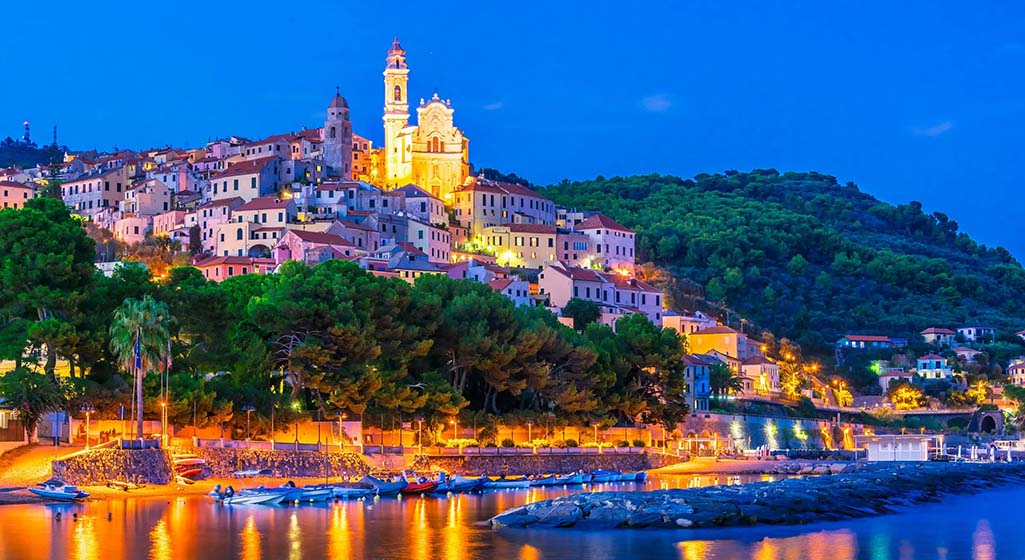
3.2 Use a Smartphone Map
Given the complexity of Venice’s streets and canals, using a smartphone map (such as Google Maps or Apple Maps) is highly convenient. These apps provide real-time information on Vaporetto routes, stops, and schedules, helping you navigate the city with ease. The maps are typically accurate and update automatically, showing you the nearest Vaporetto stations, travel times, and current schedules. These apps are also equipped with walking directions, so even if you do need to get off the Vaporetto and walk, they will guide you step by step.
3.3 Confirm Your Stop
Before boarding, double-check that your intended destination is served by the Vaporetto route. While it’s easy to be distracted by the beautiful views from the boat, make sure that the route stops at your destination before getting on. Most boats display the route and stops clearly on the boat or in the cabin. Additionally, many Vaporetto stations have helpful signage indicating the names of nearby stops and routes.
Venice’s Vaporetto system is a convenient and scenic way to get around the city. By understanding how to purchase tickets, mastering boarding etiquette, and planning your route, you can explore Venice with ease and avoid getting lost. Following these tips will allow you to fully immerse yourself in the beauty of Venice, with the Vaporetto journey becoming one of the most memorable parts of your trip. Travel is not just about the destination but the experiences along the way. Cruising through the canals of Venice aboard the Vaporetto is sure to be one of the highlights of your adventure.
